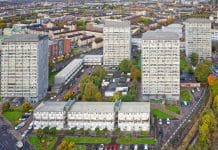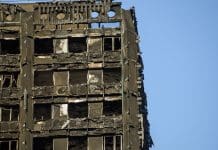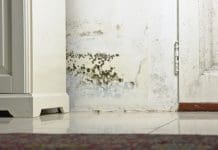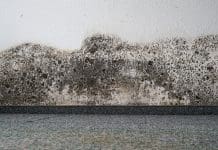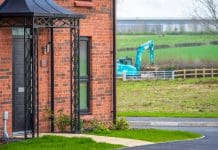The Property Care Association (PCA) explores the value of rectifying moisture imbalance in buildings to help combat future pandemics
For several years, the Property Care Association (PCA) and its members have been conducting research and pursuing the development of a scientifically developed diagnostic tool, which will allow surveyors to understand, quantify and rectify moisture imbalance in buildings.
Atmospheric moisture imbalance is the result of a number of critical elements that relate to thermal envelope’s performance, air exchange, heat energy input and moisture production.
Scientific innovations
Through research and fieldwork, we have a highly detailed understanding of how to assimilate information collected from site and use it to direct measures, which will ensure that “safe” moisture balance is achieved.
This, of course, has the clear benefit of getting buildings into a safe state where mould cannot grow, and occupants are both healthier and more comfortable.
However, as the development work around our innovation and discovery continues in partnership with University College London, we are now seeing the emergence of a highly significant health advantage to maintaining an optimal level of indoor air moisture and ventilation in occupied buildings.
What is extremely interesting to the PCA and many of our members is that the same conditions that we are aiming to achieve in order to eliminate problems associated with moisture imbalance may well be same as are needed to minimise the spread of Covid-19.
The work to develop and build the hardware and software around our already proven scientific innovations is being led by our head of research, Dr Paula Lopez-Arce.
Her work continues with our academic collaborators, but now it appears the dynamic understanding of how a building can be made safe from mould growth and the effects of moisture may have other significant applications.
Ventilation and viral spread
The issue of ventilation and viral spread is already under the radar in international settings.
Scientists in Japan have already looked at the effects of ventilation on the airborne spread of viruses when someone sneezes or coughs.
This work, illustrated in the attached video, shows the dramatic improvements and associated reduction in potential exposure where good air extraction through mechanical ventilation is used.
In another article published in PBC Today, the apparent correlation between humidity and the spread of infection is also set out. The article draws on the work of Dr Stephanie Taylor of the Harvard Medical School in America.
At the PCA, our work now takes on an added dimension, as we look further into whether our diagnostic tool could be a major control mechanism and risk reduction factor in offices, hospitals and communal spaces. It may also be just as relevant in our own homes.
This is an exciting development and one we will work with alongside our academic collaborators to assess, evaluate and review in the weeks and months to come.
Property Care Association
Twitter: @PCAPropertyCare
LinkedIn: Property Care Association






